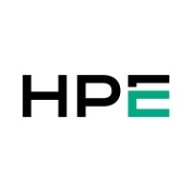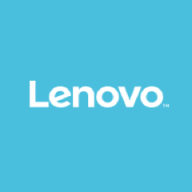

HPE Synergy and Lenovo Flex System are contenders in the enterprise IT infrastructure space. HPE Synergy, with its composable infrastructure, leads in flexibility and resource optimization, whereas Lenovo Flex System is recognized for user-friendliness and performance.
Features: HPE Synergy is noted for its composable infrastructure, enabling dynamic resource reallocation and efficient utilization. It integrates central management through HPE OneView and supports enhanced deployment with Image Streamer. Lenovo Flex System prioritizes user-friendliness and performance, offering high server density and scalable network and storage capabilities.
Room for Improvement: HPE Synergy needs better integration with third-party hardware and improved compatibility with non-HPE platforms. Users call for streamlined management and faster firmware updates. Enhancements in network speed and storage sharing could enhance its competitiveness. Lenovo Flex System could improve by increasing module flexibility and cloud-native app compatibility while refining firmware and driver update processes and support for future technologies.
Ease of Deployment and Customer Service: HPE Synergy supports flexible deployment options across on-premises and hybrid clouds and is backed by HPE's extensive support network, though experiences vary with issue complexity. Lenovo Flex System focuses on straightforward deployment in on-premises and private cloud environments, lacking the comprehensive hybrid support of HPE but still providing reliable technical assistance.
Pricing and ROI: HPE Synergy often involves higher initial costs but offers long-term savings via operational efficiency and reduced hardware needs, yielding a substantial ROI in complex deployments. Lenovo Flex System presents competitive pricing, appealing for budget-conscious clients needing scalable solutions, though Synergy's broader platform may promise greater savings and ROI over time.
| Product | Market Share (%) |
|---|---|
| HPE Synergy | 17.4% |
| Lenovo Flex System | 3.6% |
| Other | 79.0% |


| Company Size | Count |
|---|---|
| Small Business | 30 |
| Midsize Enterprise | 15 |
| Large Enterprise | 56 |
| Company Size | Count |
|---|---|
| Small Business | 3 |
| Large Enterprise | 7 |
HPE Synergy, the first platform built from the ground up for Composable Infrastructure, offers an experience that empowers IT to create and deliver new value instantly and continuously. It is a single infrastructure that reduces operational complexity for traditional workloads and increases operational velocity for the new breed of applications and services. Through a single interface, HPE Synergy composes physical and virtual compute, storage, and fabric pools into any configuration for any application. As an extensible platform, it easily enables a broad range of applications and operational models such as virtualization, hybrid cloud, and DevOps. With HPE Synergy, IT can become not just the internal service provider but the business partner to rapidly launch new applications that become the business.
Flex System is Lenovo’s proven, 2nd generation blade, that efficiently runs your infrastructure applications with up to 80% better density than standard rack server deployments.
We monitor all Blade Servers reviews to prevent fraudulent reviews and keep review quality high. We do not post reviews by company employees or direct competitors. We validate each review for authenticity via cross-reference with LinkedIn, and personal follow-up with the reviewer when necessary.